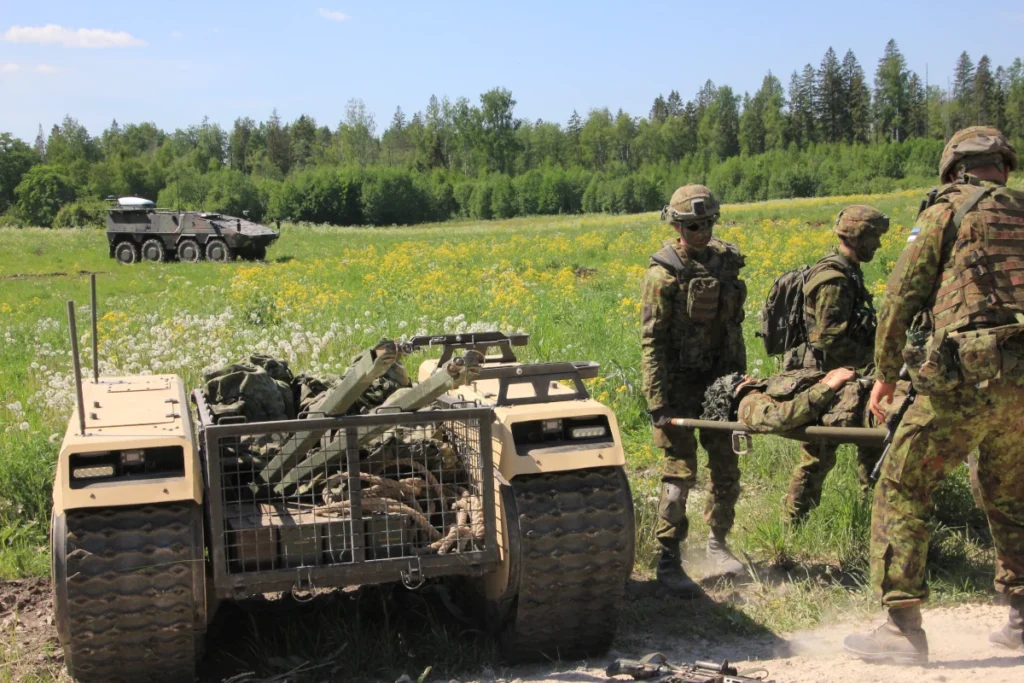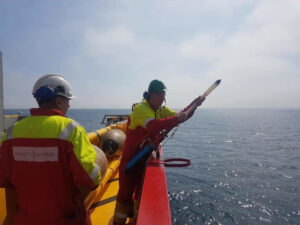Climate change is leading to an increase in emergency incidents such as floods, earthquakes, wildfires, storms, rockfalls and avalanches. Among the man-made events are nuclear explosions, fires, hazardous materials exposures, war. As a result, these create an increase in demand for search and rescue requests.
The advance of technology has enabled the development of UGV (Unmanned Ground Vehicles) capable of operating in various environments affected by natural and man-made disasters.
UGVs can be configured in various ways according to the task or environment in which they must operate, whether teleoperated or preprogrammed and semi-autonomous or autonomous.
Unmanned vehicles plays a key role in various fields including the emergency management, where they have various applications in civil and defence sector to perform disaster response activities and MEDEVAC tasks.
The AGVs (Autonomous Ground Vehicle) operate independently while UGVs are controlled by a remote pilot or work in semi-autonomous mode.
Rescue missions on the ground are very challenging depending on the place and type of event. In this regard, UGVs should have high mobility for traveling on complex terrain and slopes, explosion-proof and waterproof design features, an efficient communication system, equipment to lift and remove debris, adequate autonomy to work for a long time.

and evacuation of a soldier from an unsafe area to an equipped
rescue vehicle.
In this regard, Milrem Robotics company, which provides innovative robotics solutions for challenging environments, has designed the Multiscope UGV. The vehicle provides faster, cost-effective and flexible solutions for commercial and government applications, related to fire and rescue tasks, civil engineering, security activities.
The Multiscope can be remotely controlled by a pilot at a safe distance through the FPV (First Person View) mode or teleoperation. The UGV Multiscope is designed to also work in LoS (Line-of-Sight control ranges).
Paolo Mazzone
SubEng – HSE Adviser
Jessica Moro
DSO
Read more in the digital JP Mag – Oct 2021
Images by Milrem Robotics

